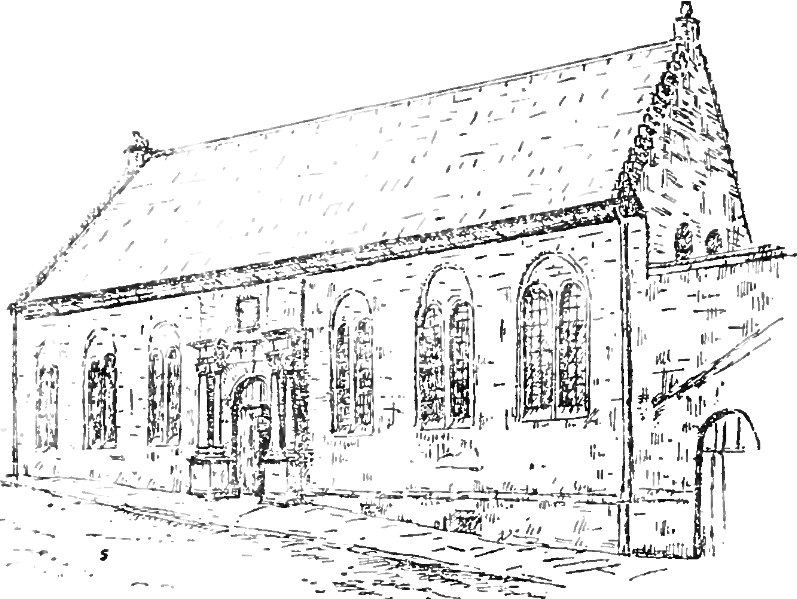<![CDATA[A greater love story than Twilight? Archaeologists have stumbled upon a discovery that will make many people go "awwww". Two skeletons have been found holding hands at the Chapel of St. Morrell, an ancient site of pilgrimage in Hallaton. The excavation was led by University of Leicester archaeologist Vicky Score. She was helped by Hallaton Fieldwork Group volunteers, who have been working at the location twice a year for four years. Carbon dating on the skeletons has revealed that they are from the fourteenth century. Tiles believed to be from a Roman building were also found, underneath the chapel. The location of the Chapel of St. Morrell was unknown, until local historian John Morison's research suggested that the church was at Hare Pie Bank. Geo-physicists then captured images of the land to find the exact place to dig. Excavations in the area proved Morison correct, as they uncovered the walls and tiled floor of the chapel. They also found chipped and carved stone, and a number of pennies which were used between the eleventh and fifteenth centuries. The earliest reference to the chapel is in a will written in 1532. The skeletons holding hands are of a man and a woman, believed to be similar in age. Some of the other skeletons in the chapel were buried underneath rocks. This was done in order to keep the dead 'down', as it was feared they could rise back up again. The tiles from a Roman building showed the archaeologists that the site has been used for different purposes for over 2,000 years. The chapel was named after Saint Morrell, who became the fourth Bishop of Anjou, France in AD 430. Historical accounts of the chapel mention that people were brought there to be healed. Fourteen years ago, about 500 meters away from the chapel, a range of artefacts from the Iron Age, including a Roman helmet and coins, were discovered. This find meant that the volunteer group received funding to continue their search of the area in the hope of finding more treasures. This is not the first time archaeologists have found skeletal remains of a couple holding hands. In 2011, in Modena, Italy, a couple thought to have been from the Roman era were found linking hands in a tomb. In 2012, a major find in Siberia uncovered dozens of couples embracing each other. Just last year, the remains of a medieval man and woman were found holding hands in Cluj-Napoca, Romania. The Hallaton couple has been sent to the University of Leicester for more tests. The couple most likely died at the same time. It seems the people who buried them believed that the relationship was as important in death as in life. ]]>
A 700 Year Old Romantic Discovery in Leicestershire
